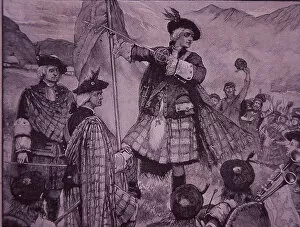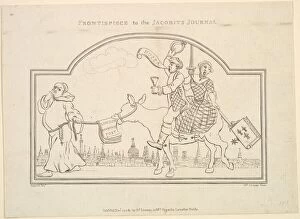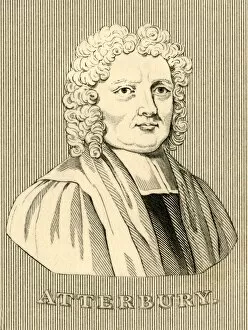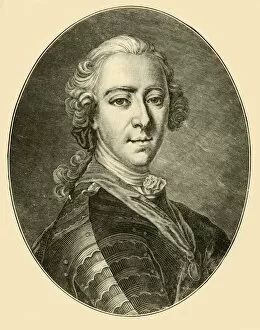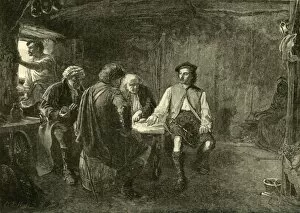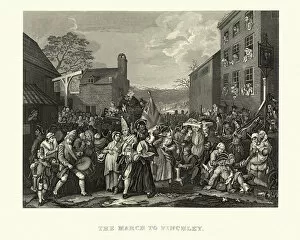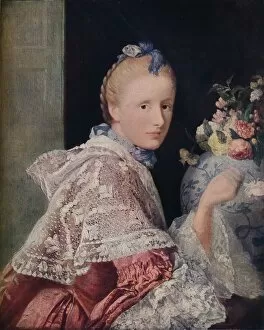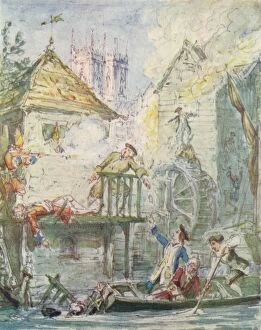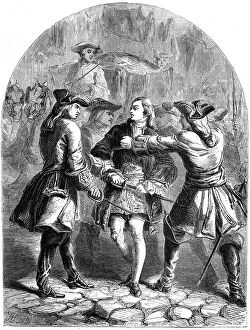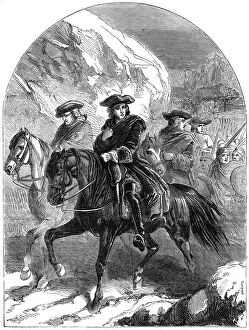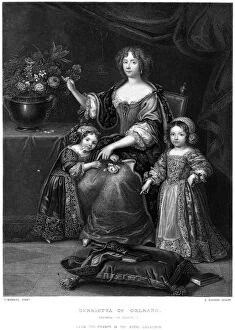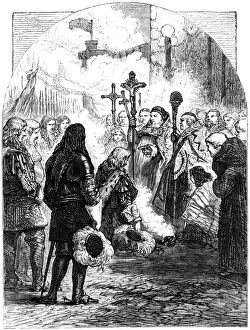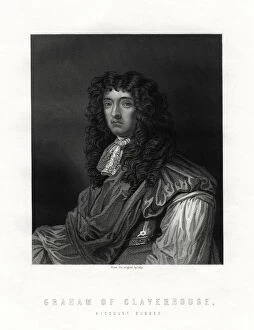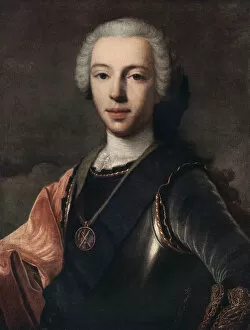Jacobite Collection (#4)
"Jacobite: A Legacy of Bravery and Resilience in Scottish History" In 1745, the Jacobites achieved a momentous victory that reverberated through the UK
For sale as Licensed Images
Choose your image, Select your licence and Download the media
"Jacobite: A Legacy of Bravery and Resilience in Scottish History" In 1745, the Jacobites achieved a momentous victory that reverberated through the UK, particularly Scotland's Highlands. Led by their fierce warrior Donald Cameron of Lochiel, they brandished the iconic Jacobite claymore sword at the Battle of Culloden. This clash marked a pivotal point in history as it showcased the unwavering determination and valor of these rebels. The enchanting landscapes of Scotland witnessed another remarkable sight when the Jacobite Steam Train gracefully crossed over Glenfinnan Viaduct. This picturesque scene encapsulates both the beauty and historical significance associated with this movement. Margaret Murray played an instrumental role in recruiting for the Jacobites during this period. Her efforts were complemented by Flora MacDonald, a true Scottish heroine who fearlessly supported their cause. Together, they symbolize the indomitable spirit of those who fought for what they believed in. The Battle of Culloden itself stands as an unforgettable chapter etched into our collective memory. On April 16th, 1746, it became the final confrontation between Bonnie Prince Charlie's forces and government troops—a battle that would shape Scotland's destiny forever. Amidst these tales lies Eilean Donan castle—an enduring symbol of resilience against oppression—and Ruthven Barracks—a testament to fortitude amidst adversity—both serving as reminders of this tumultuous era. One cannot overlook The Field of Prestonpans either; its grounds soaked with blood shed during yet another significant conflict related to Jacobitism. These events remind us that history is not merely confined to textbooks but lives on through stories passed down generations. Ultimately, "Jacobite" embodies a legacy steeped in bravery and defiance against all odds—a testament to human courage transcending time itself.




